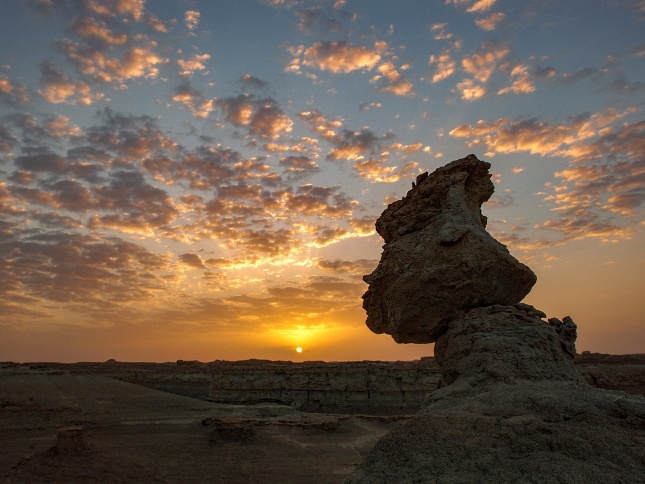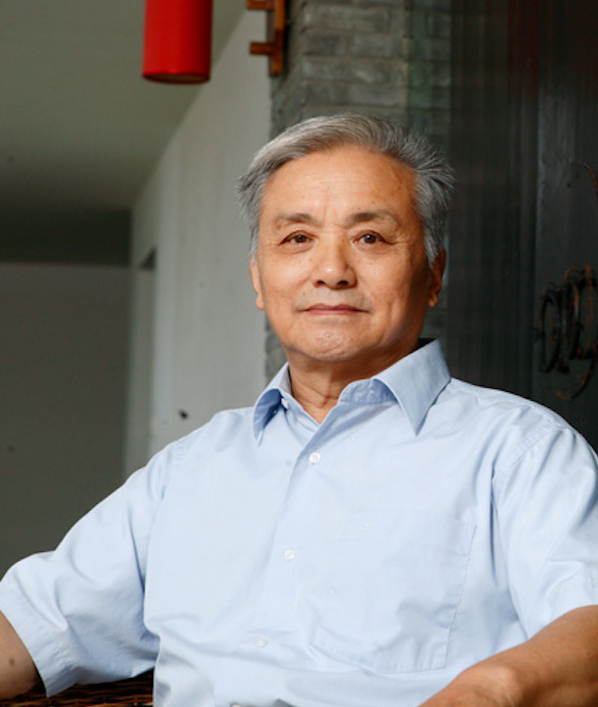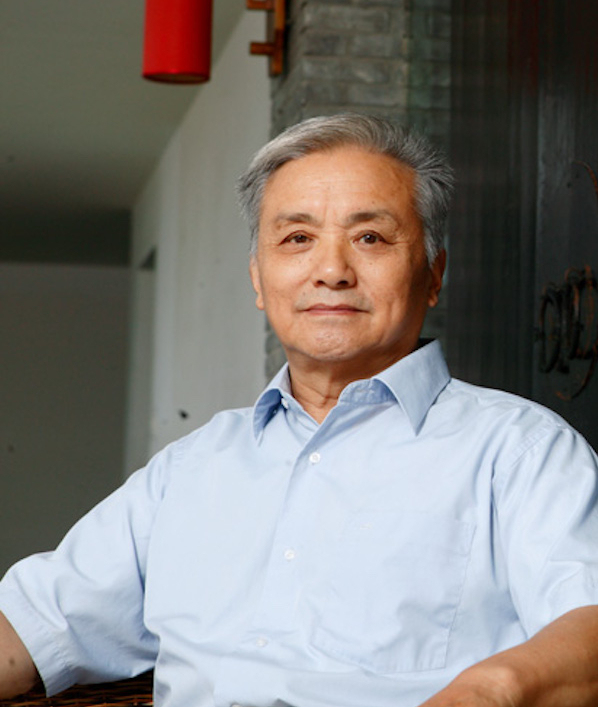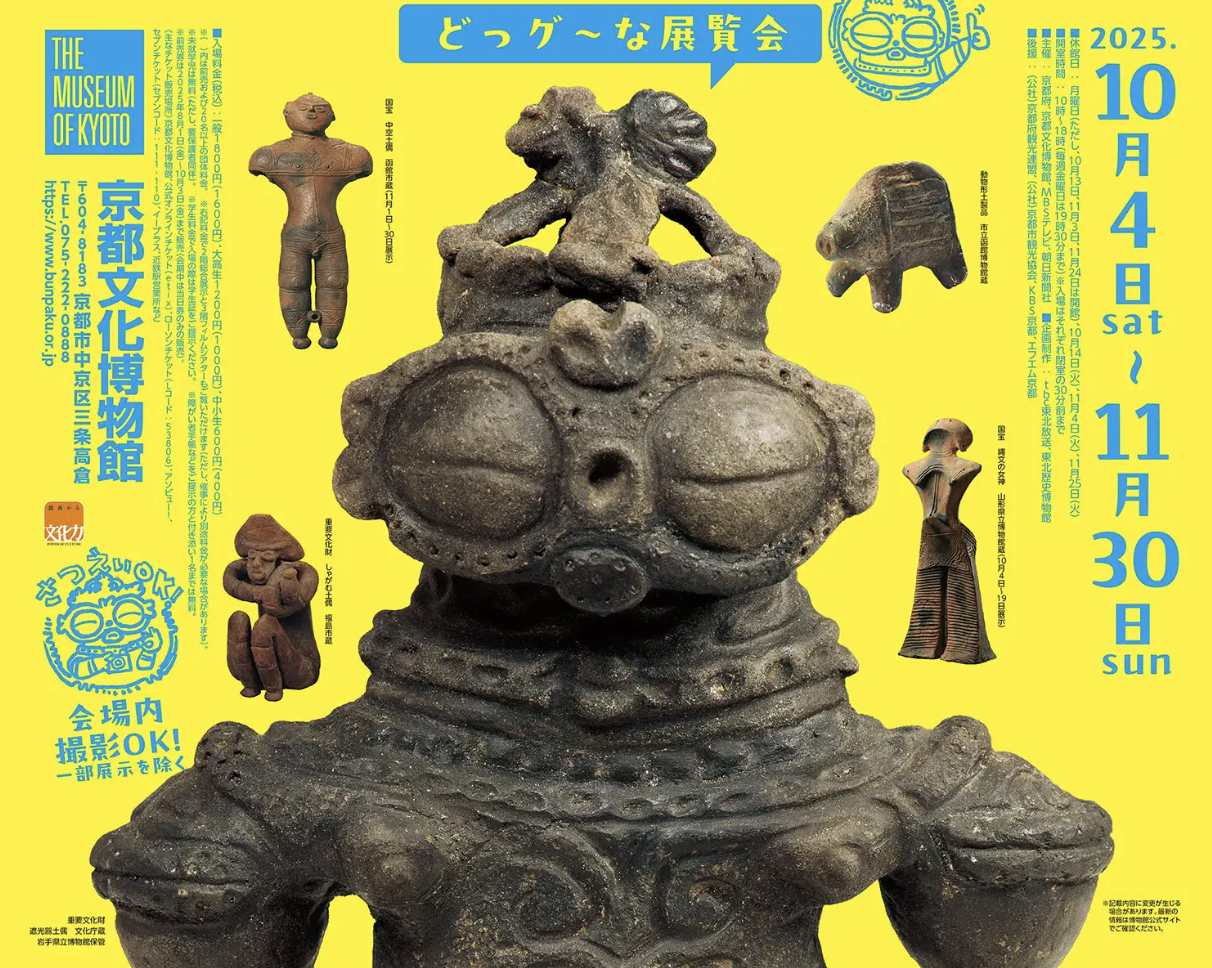
A Shanghai photographer, guided by the master of Chinese studies Feng Qiyong more than 20 years ago, has always had a special interest in photographing Xinjiang's cultural relics and heritage. So far, after his 48th visit to Xinjiang and on the occasion of the 70th anniversary of the founding of the Xinjiang Uygur Autonomous Region, he finally created a book "Silk Road Xinjiang: A Cultural Negative Solidified for a Thousand Years" with his essays and photographs of his trip to the Western Regions, which was published by the Oriental Publishing Center.
On August 7, the launch ceremony and symposium of the new book "Silk Road Xinjiang: Cultural Negatives Solidified for Thousands of Years" by well-known photographer and vice chairman of the Shanghai Photographers Association Ding He was held at the Oriental Publishing Center.

Standing on the shore of Rehai (Issyk-Kul Lake) described by Xuanzang, the waves beat against the same reefs as those in "A Record of the Western Regions of the Great Tang Dynasty"; focusing on the mottled portraits of donors in the Kizil Grottoes... For more than 20 years, Ding He, vice chairman of the Shanghai Photographers Association, has been traveling along the ancient Silk Road, carrying 50 kilograms of photographic equipment. Under the guidance of older scholars such as Feng Qiyong and Rao Zongyi, he used his camera to record Xinjiang's landforms and precious cultural and historical relics.

Mr. Feng Qiyong (right) and Mr. Ding He (left) in Lop Nur, Xinjiang, in 2005
Ding He started photographing Xinjiang in 2003. He said, "When you go to Xinjiang, you will find that the beauty and shock of the landscape there are unmatched by any other place."
In 2004, Ding He traveled to Lop Nur to photograph. At the time, renowned Chinese scholar Feng Qiyong was researching the location of the ancient mountain pass that Xuanzang used to travel east. Upon hearing that Ding He had recently visited Lop Nur and photographed the ancient city of Loulan, Feng Qiyong made a special trip to discuss the matter. That day, Feng Qiyong discussed the historical and cultural significance of the "Three Rooms" of Loulan, urging him to use a historian's perspective to record cultural value, not just superficial beauty, for history. He also encouraged Ding He to continue photographing along the Silk Road. Ding He said, "Mr. Feng changed my photography life. He opened my eyes and helped me find a creative path that was different from others."

The magnificent Taklamakan Desert
While photographing cultural sites in Xinjiang, Ding He came across cave murals. During this time, he systematically photographed these murals and traveled to Germany to document and publish a collection of Xinjiang murals that had been lost overseas. Following Jao Tsung-i's guidance, he meticulously annotated key data in his later publication, "Kucha Murals in the German Collection," making the book valuable not only for appreciation but also for academic research.
Ding He has visited Xinjiang 48 times so far, continuously documenting cultural heritage with his camera. He told The Paper: "Cultural relics are living things. They will disappear one day. I use my camera to record cultural relics, allowing them to continue their life in another way and be passed down from generation to generation."

In July 2024, Ding He filmed in Jiaohe Ancient City

Thousand Buddhas on the Ceiling of Cave No. 4, Yarhu Grottoes (detail)
This year marks the 70th anniversary of the founding of the Xinjiang Uyghur Autonomous Region. On this occasion, Ding He's new book, "Silk Road Xinjiang: A Cultural Negative Solidified Over a Millennium," was published by the Oriental Publishing Center. Through a combination of illustrations and text, the book presents the historical heritage of Silk Road culture and showcases the unique historical relics and natural and cultural landscapes of Xinjiang, a representative region along China's Silk Road.
The Paper has learned that the book, "Silk Road Xinjiang," focuses on the Tarim Basin, a core region, and chronicles the Silk Road region in three sections: "The Wind Blows Through Yumen Pass," "Dreaming of the Two Kunlun Mountains in the Flowing Sands," and "Stepping Beyond the City Walls and Heading West." Readers, guided by Ding He's lens, journey from Yumen Pass and Yangguan all the way west to the Tarim Basin, and from its eastern edge to its western edge and the Pamir Mountains. Along the way, readers can marvel at the vast heart of the Tarim Basin, etched in the dust of history, and witness the numerous ruins scattered along its north-south route. Some of these sites, such as the Huancaigou Han Dynasty Stele, the Qikanghu Grottoes, the Tuyin Ruins, the Toxik Beacon Tower, the Sangzhu Rock Paintings, the Morfo Temple, and the Jirzankale Black and White Stone Tombs, are largely unknown, let alone fully understood. But it is they that have played an extremely important role in the trade and cultural exchanges along the Silk Road. Some have even experienced the sword and blood, witnessed the close integration of ethnic groups and the growth of personality and spirit, and together endowed Xinjiang with a broad and profound cultural heritage.

Yumen Pass Ruins
In the afterword, Ding He writes: "During my twenty-two years traveling through Xinjiang, it wasn't simply the geographical scenery that captivated me. Especially after Mr. Feng Qiyong earnestly urged me to "photograph deeply and thoroughly" the Western Regions, Xinjiang became a time tunnel for my learning and exploration. When I trained my camera on the crumbling wooden beams of the ancient city of Loulan, the hustle and bustle of the streets flowed through the wind-eroded mortise and tenon joints; when I captured the dawn and dusk of the Stone City on the Pamir Plateau, the lingering sound of Zhang Qian's horse's hooves seemed to still echo through the rubble. I once waited with dozens of large-format film sheets for the Lop Nur yardang to cast shadows similar to those recorded in historical records; I also rummaged through the basement of the Museum of Asian Art in Berlin, Germany, just to record the remnants of Xinjiang murals that had been lost overseas."

Ruins of the Ancient City of Daozileke
"What moves me most in these frozen slices of time is the eternal paradox of 'presence.' Standing on the shores of Rehai (Lake Issyk-Kul) described by Xuanzang, the waves crash against reefs identical to those depicted in The Great Tang Records on the Western Regions; focusing on the mottled portraits of donors in the Kizil Grottoes, the colorful silks of Kucha music and dance are still clearly fluttering in the painting. But the moment the shutter is pressed, a thousand years of time collapses into the arrangement and combination of film grains. Perhaps this is the fate of images: we are forever recording disappearance, but in doing so, we also make disappearance eternal."

Lop Nur Yardang landform
On the morning of August 7, the new book launch and symposium of "Silk Road Xinjiang: A Cultural Negative Solidified for Thousands of Years" was held at the Oriental Publishing Center.
Chen Yiwang, Party Secretary and Executive Director of the Oriental Publishing Center, said that when he got the new book, his initial idea had been overturned. "I thought it was a landscape photography collection about Xinjiang, but when I opened it, I found that it was a heavy cultural epic. Text accounts for 60% of the book, and academic research, literary brushwork and the scenery of the Silk Road are intertwined." He particularly mentioned the secret history revealed in the book - American geologist Huntington plundered cultural relics in the name of exploration. These details obscured by the mainstream narrative just highlight the historical value of the work. This critical research based on primary historical materials and the academic reconstruction of the content value give the book irreplaceable historical value. He said that the book is a photographer's long-term practice, showing his talent and passion, as well as persistence and determination. "Behind these words is a kind of emotion and a sense of cultural mission."

New books on display at the press conference

New book launch event
Wang Yonghao, a distinguished professor of the Ministry of Education's "Changjiang Scholars Program" and a professor of the Chinese Department at Fudan University, focused on Ding He's academic ability, vision, and determination, calling his filming journey "a one-man history of the Silk Road." He said, "Ding He has used the power of the people to complete what the academic community has not yet completed—using the lens to rescue the disappearing scenes of civilization." Wang Yonghao mentioned Ding He's "three levels of cultivation": his interdisciplinary knowledge allowed him to understand the codes of the ruins; his firm mind gave him the determination to travel and photograph Xinjiang for twenty years; and his pursuit and passion led him to invest his financial resources in cultural heritage rather than material enjoyment. "Ding He used film to magnify the cultural heritage of the Silk Road exponentially, attracting people's attention. In a sense, these images are more meaningful than university professors lecturing on Northwest history in the classroom. They reach a wider audience and have a greater influence."

Schematic diagram of the creative ideas and writing instructions for "Silk Road Xinjiang"
Gu Cunyan, editor-in-chief of the art section of The Paper, recalled his trip to the Eastern Tianshan Mountains with Ding He last year: "From the foot of the Huoyan Mountain to the ancient city of Beiting, Ding He's lens wasn't just focused on the scenery, but on the rescue and solidification of civilization." He said, "Shanghai has been promoting the 'Haipai' style in recent years, describing modern openness, tolerance, and the integration of diverse cultures. The Western Regions is an early example of this style, a place where diverse cultures converge. Ding He's photographic journey is also a quest for the source of culture, inherently a cultural heritage. The favor shown by veteran scholars like Feng Qiyong and He Youzhi is no accident; they saw his love and sincerity for culture. Ding He's 20-plus years of exploration of Xinjiang has been a difficult journey, but also a joyful one. The publication of this new book can be seen as a contemporary practice of the spirit of predecessors like Feng Qiyong."

Eastern Tianshan Mountains
Chen Rong, Party Committee Member and Vice President of Shanghai Xinhua Media Co., Ltd., said in his speech that the book allows readers to understand Xinjiang's magnificent natural scenery and rich cultural and artistic heritage, building an impression of Xinjiang's people and landscapes for readers, and helping to deepen and implement the "Culture in Xinjiang" project. "The physical book is the starting point. We will set up a special counter at Jiangnan Bookstore in Kashgar and develop Xinjiang study tours."

Stone City in the Mirror

Rewak Buddhist Temple in the depths of the desert
Several media representatives also reviewed the new book on the spot. A Xinhua News Agency reporter summarized the book's reading experience with "triple aesthetics": the visual beauty of light and shadow, the beauty of exploration through walking, and the spiritual beauty of the fusion of civilizations. An editor from the Xinmin Evening News found deeper meaning in Ding He's campus philanthropy: "When the children of Kashgar saw China's highest national border for the first time through his lens, the bloodline of history was connected." A reporter from the Wenhui Daily noted the book's relevance today: "In an age where anyone can be a photographer, his work demonstrates the irreplaceable power of professionalism—only by deeply rooted in the soil of civilization can images transcend the superficiality of check-in."

Book cover of "Silk Road Xinjiang", published by Oriental Publishing Center


